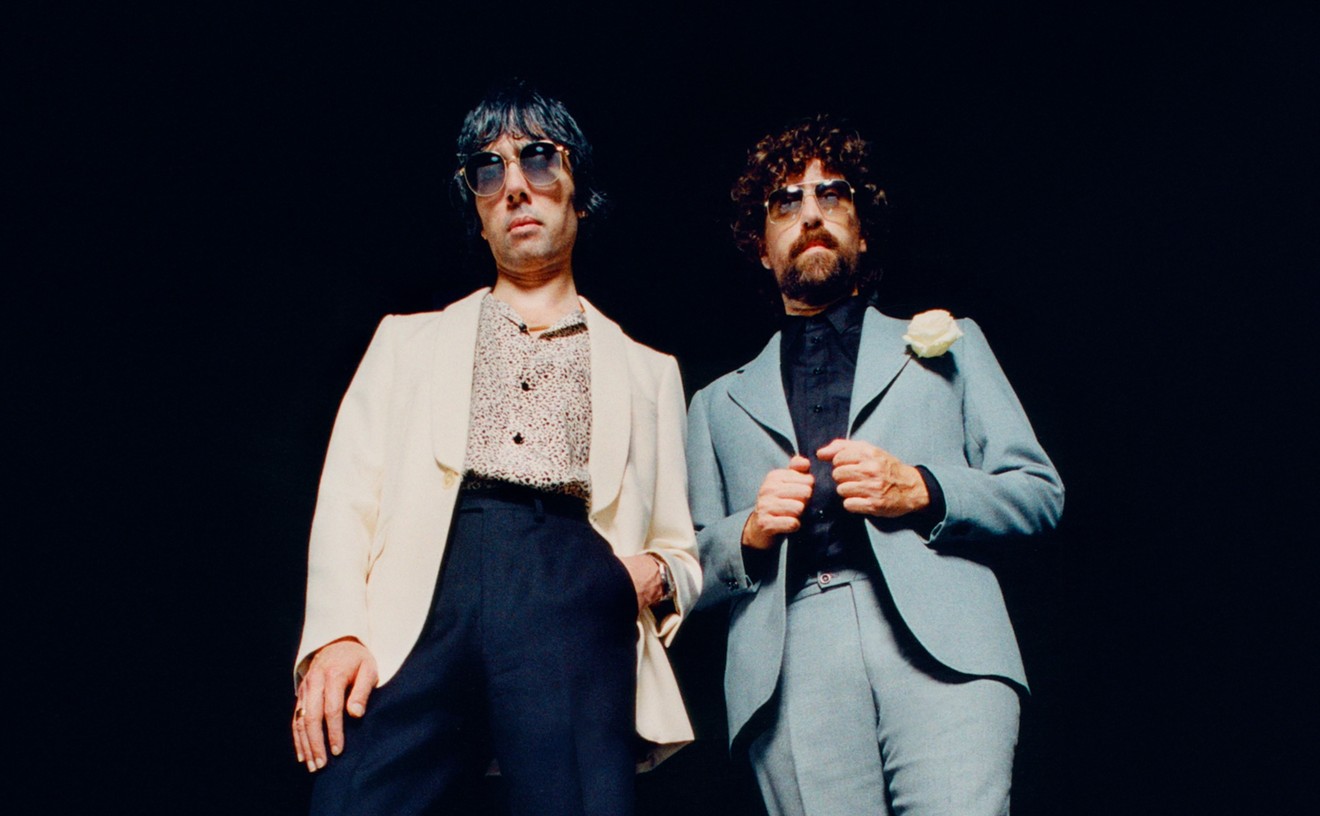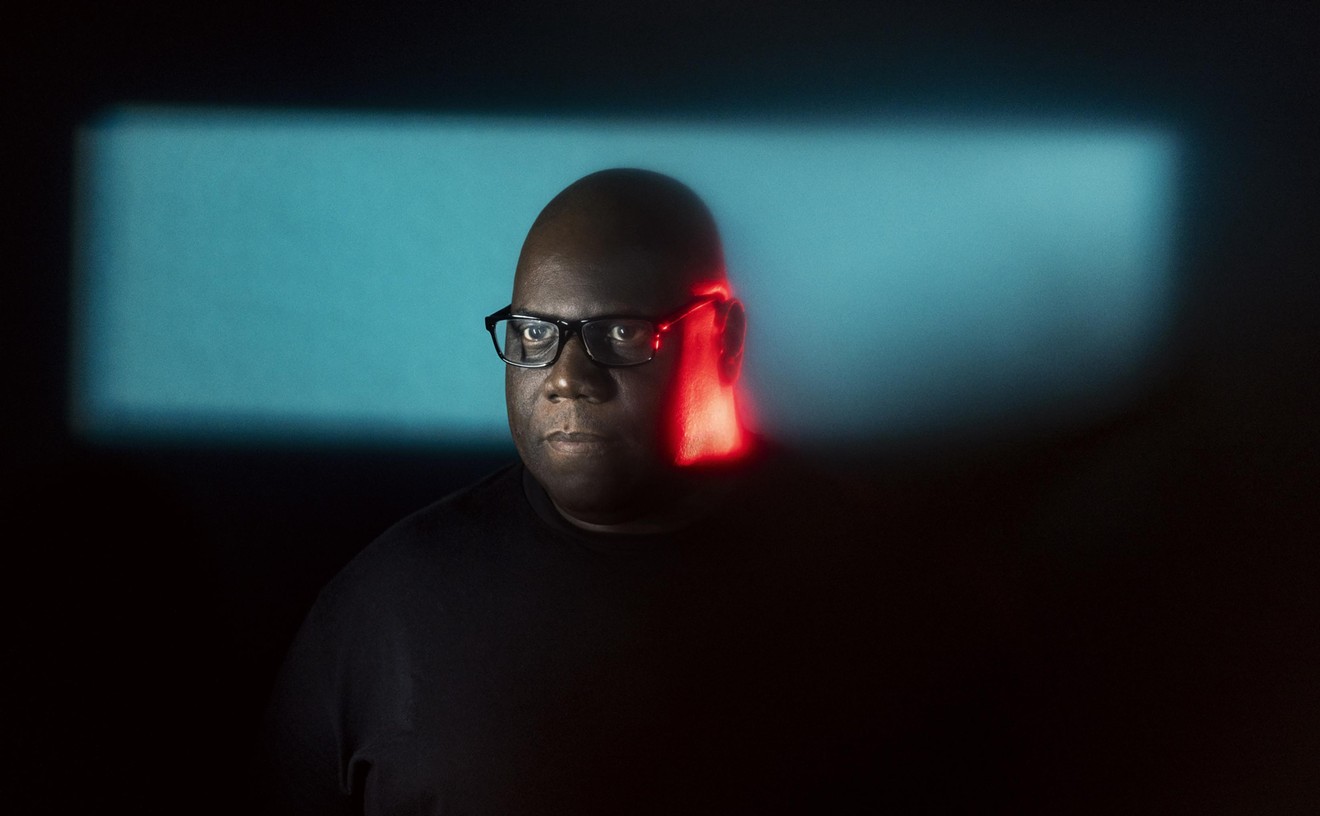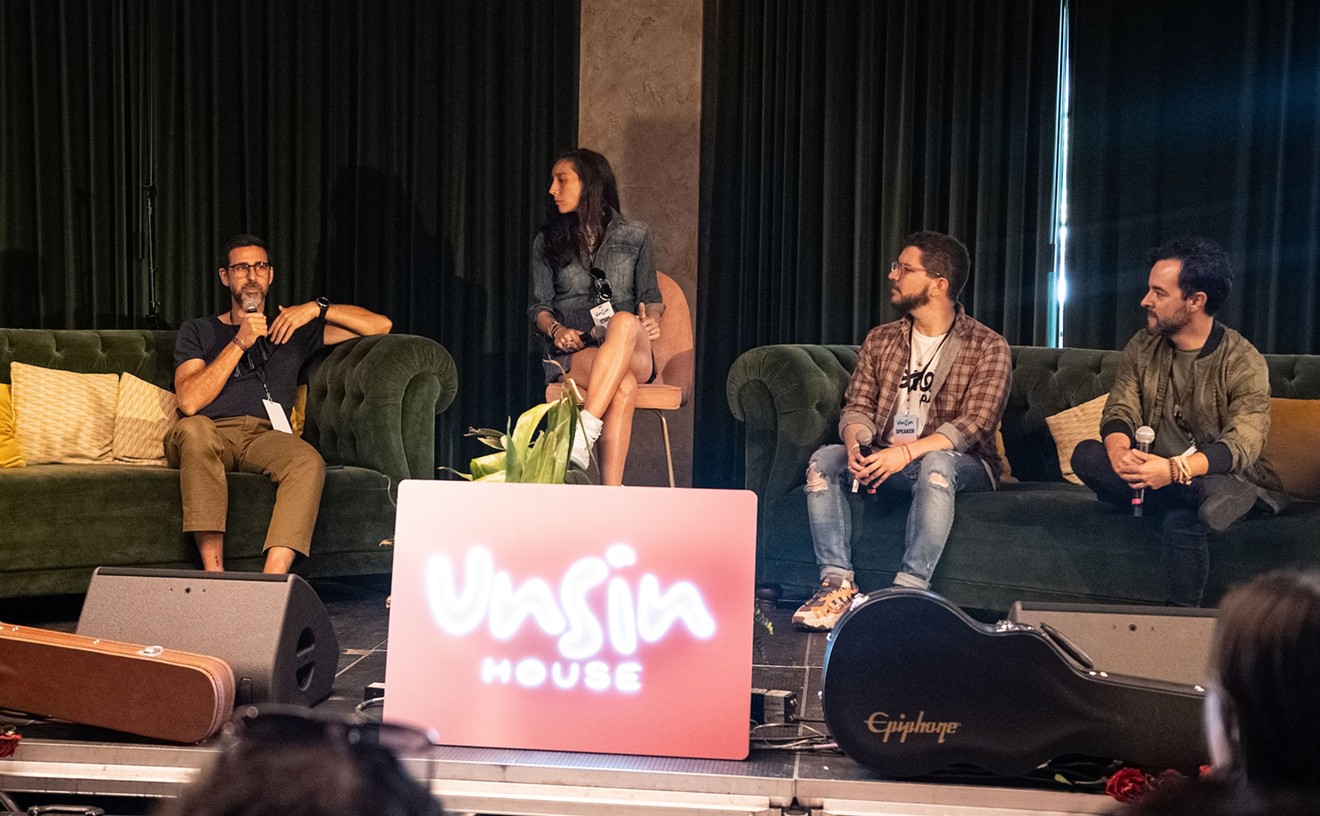Want a surefire way to silence a South Beach conversation? Mention that your next assignment is none other than Neil Diamond. And watch as a rash of too-cool profiles creep into question marks. But the faces won't be asking who. They'll be asking why.
Why Neil? Why now?
And then you'll find yourself defending the man who made the middle of the road famous. Arguing pointedly that even though Diamond's fan base may rival that of Michael Bolton's, you've heard Neil Diamond. And, senator, Michael Bolton is no Neil Diamond.
Still, you'll have to admit that Diamond, the man Rolling Stone once dubbed "The Jewish Elvis," has never been hip. And after nearly three decades in this business of music, chances are he'll never be hip. Not in any conventional sense of the word, anyway. But though virtual hipness may have eluded Mr. Diamond all these years, success most certainly has not. In fact Diamond, with an excess of 90 million worldwide unit sales to his credit and a just inked mega-million dollar deal with Sony, is one of the most successful music makers to ever stroll out of Tin Pan Alley. So there.
And hipness be damned. Diamond has been judged by a jury of his peers. A jury that has at one time or another consisted of the likes of Lulu, Dylan, Cliff Richard, UB40, the Monkees, Deep Purple, and no less a man of taste than Sinatra. All have been fair, all have been impartial, and all have mined the Diamond field. So there again.
The X Generation, like it or not, has grown up with Neil Diamond in the background, his ever-present gutteral rasp setting the tone for some of adolescence's most embarrassing moments. Mother may have been the one buying his records, but the mark they left on the kids is indisputable and undeniable.
Consequently, the baby boom's babies are inclined to loathe the man and his music. It's not our music, they moan, it's mom's music. Mr. Diamond is left wedged like a pet rock in that proverbial gap between generations.
But Diamond is hardly the type of entertainer who would sit idly by and watch his work suffer doom in the vinyl cut-out bins. And even if he'd go away some day (which he won't), it's high time to reassess for all the naysayers the importance of Neil Diamond on this culture we call Pop.
A product of George Gershwin's hometown of Brooklyn, and part of a high school student body that featured first Barbra Streisand (Erasmus Hall), then Carole King and Neil Sedaka (Abraham Lincoln), Diamond left New York's biggest borough for pre-med studies at NYU on, of all things, a fencing scholarship. But lab coats and biopsies weren't for Neil, and, just ten credits shy of graduation, he traded his books for a scalpel stab at the big time. In this case, a $50 per week songwriting gig with a Brill Building fly-by-night firm called Sunbeam Music.
Soon tired of selling his songs for (ahem) a song, Diamond rented a shoebox size room above the legendary jazz club Birdland, installed a desk and a pay phone, called it an office, and began working for himself.
He'd never work for anyone else again.
A Greenwich Village coffeehouse engagement got him noticed by Ellie Greenwich and Jeff Barry, the hitmaking couple behind such chewy chart-toppers as "Da Doo Run Run" and "Be My Baby," which in turn led to a deal with Bert Berns's fledgling Bang Records (later the home of Van Morrison). And while Diamond's initial output (the now classics "Solitary Man" and "Cherry Cherry" were among the tracks) showed promise, this was, after all, 1966, and if you weren't either British or Folk Underground, you weren't noticed. And Diamond was neither.
Enter the Monkees. Diamond penned "I'm a Believer" for Don Kirschner's monkey act, and the boys took it all the way to number one. Proving that even if Neil the act wouldn't gel, at least Diamond the writer would. But the then-nervous Neil (one club owner forbade him to speak between songs) continued to plug away, perfecting his Brooding Young Man angle, determined to score on his own terms.
And score he did. Three years later Diamond unleashed the monumental Touching You Touching Me longplayer, which yielded his first gold single, "Sweet Caroline."
And the hits just kept coming. "Cracklin' Rosie," "Song Sung Blue," even "Solitary Man" was rereleased five years after the fact and shot to number one. In '72 Diamond became the first "rocker" (and first musician since Jolson) to headline on Broadway, selling out twenty nights at the Shubert Organization's famed Winter Garden Theatre. Our hero almost lost it with the dreadful Jonathan Livingston Seagull affiliation, then came back with Serenade and its chart-topping single "Longfellow Serenade."
Then at once, in '74, Diamond disappeared. The fame was beginning to get to his head and he prudently decided to see a shrink about it. Two years later he was back in the public eye with the Robbie Robertson produced Beautiful Noise, sharing the stage with the Last Waltz clique, and gearing up for even bigger things to come.
From then on, everything came in one color, and that color was platinum. Love at the Greek (1977) from the concert of the same name begat '78's "You Don't Bring Me Flowers" (with Babs Streisand) and '80's "September Morn." And then there was The Jazz Singer, another attempt at keeping up with the Jolsons.
A critical flop and box-office non-contender, The Jazz Singer (which put Diamond opposite Sir Laurence Olivier, of all people) nevertheless yielded not one but three Top 10 hits A "Love on the Rocks," "America," and "Hello Again," placing Diamond in that rare and lofty position of multi-platinum artist. In other words, a sure sell. And a long, long way from his days as a Brooklyn troubadour.
After '81 there came no new gems from the Diamond mine, but Neil, with the fortitude of a born fighter, refused to lie down for the count, and throughout the Eighties he toured and toured and toured, setting all kinds of box-office records from Australia to America. Diamond managed to keep his fan base loyal and intact, but the critics (as critics are wont to do) remained skeptical. And it wasn't until UB40 made a monster out of his "Red, Red Wine" that those fickle barometers of taste began to dust off their old Diamond collection (though they may have been tempted to rebury it after a horrendous and inexplicable collection of Christmas songs released this past holiday season).
But they (and you) will have to dust no longer, for there's two hefty doses of Diamond out now that are sure to quench the thirst of even the most dehydrated of fans A and knock some sense as well into his detractors. The first, The Greatest Hits 1966-1992, is, as its title implies, simply the greatest of Neil Diamond, 37 tracks crammed onto two CDs. The second, Glory Road: 1968 to 1972, also a two CD collection, delivers the goods between Diamond's Bang years and '72's massive "Hot August Night," when Diamond, some would argue, was at his peak. The former, on Columbia, is by far the most comprehensive of the two, but the latter, on MCA, is fun aplenty for the die-hards, and both offer ample evidence that Neil Diamond deserves another listen.
Neil Diamond performs Sunday and Monday at the Miami Arena, 721 NW 1st Ave, 530-4400. Both shows are sold out.










